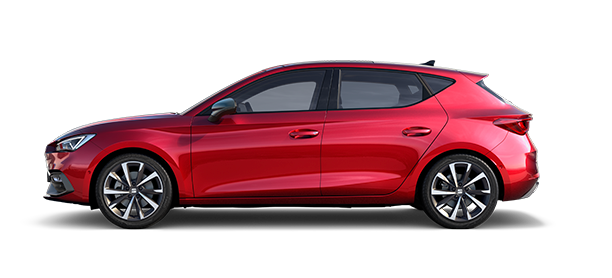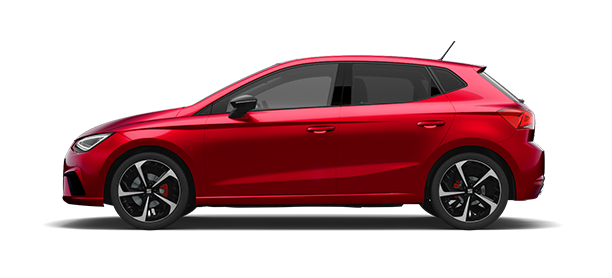As part of its commitment to creating a factory that is smart, digitalised and connected, the SEAT Martorell plant has successfully implemented two unique collaborative robots. They work at the beginning of the assembly line and are responsible for attaching the names of the SEAT Ibiza and Arona on the rear hatches as they make their way down the line, with no delay to the process and sharing space with the factory personnel.
The two collaborative robots, one on each side of the line, attach two kinds of lettering – the one on the left side of the cars selects the name Ibiza or Arona according to the model coming down the line, while the one on the right side places the FR badge on the corresponding versions. Both robots are equipped with a mechanical hand designed to select the different types of letters using suction cups, remove the protective wrap on the rear, attach them to the car by applying the required pressure, remove the protective wrap on the front and deposit it in a recycling bin.
In addition, they also feature a system of artificial vision used in several steps of the process to make final adjustments which eliminate deviations. All this happens as the vehicles move along the assembly line. Thanks to this novelty, this operation performs while the cars are in motion, without the need for stopping the line.
The installation is equipped with an encoder and control devices that enables adapting to any change in the speed of the line, with the difficulties this entails from a programming perspective. All this is done without any physical separation between the robots and the workers carrying out assembly. Sharing the same workspace is the differentiating factor of collaborative robots compared to industrial ones, among others, such as moving with less speed or their ability to react to touch, in order to guarantee the safety of the people working around them at all times.
Martorell factory Director Dr. Rainer Fessel stated that “at SEAT we are steadily making headway to place ourselves at the forefront of innovation. Collaborative robots enable us to be more flexible, more agile and more efficient, and are another example of our firm commitment to remaining a benchmark of Industry 4.0.”
A benchmark of Industry 4.0
The Martorell factory´s two “cobots” attach lettering to the Ibiza and Arona models.
Together with the two lettering “cobots”, and as an example of the transformation toward making SEAT Martorell a smart factory, today the plant has around 20 collaborative robots in the assembly area, which support the work done on the line, especially in ergonomically challenging workstations. For example, a collaborative robot was recently implemented in the final stage of the assembly line which adjusts the side mouldings of the SEAT Arona. In this assembly area, where vehicles move along on an elevated track, the robot is equipped with a roller that applies the necessary pressure while the cars are moving in order to finish the attachment of this part.
In recent years, SEAT has applied technological novelties to its entire production cycle such as the above collaborative robots or automatic guided vehicles (AGVs), combined with a more efficient management of data thanks to the use of artificial intelligence, big data or blockchain, which enable production that is more efficient, flexible and agile.
The factory also has more than 2,000 industrial robots that are in constant operation. All of these 4.0 novelties coexist with the factory’s 8,000 workers, who turn out 2,400 vehicles daily, or one car roughly every 30 seconds.










